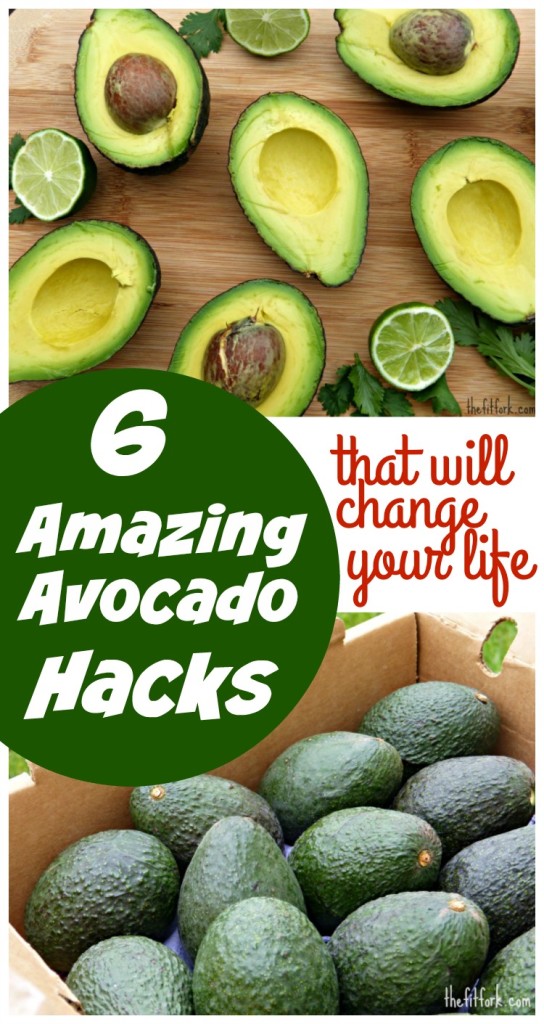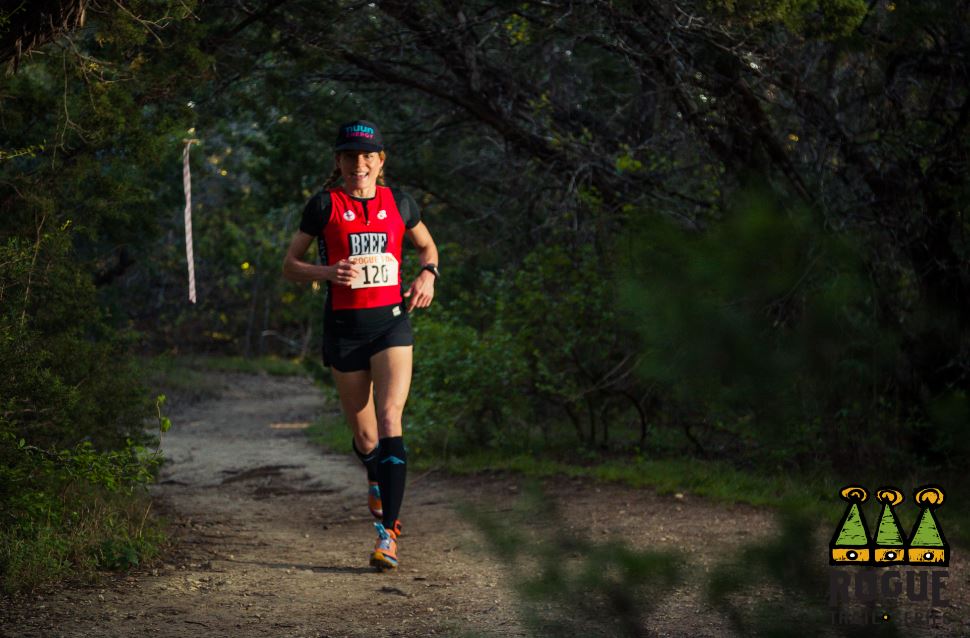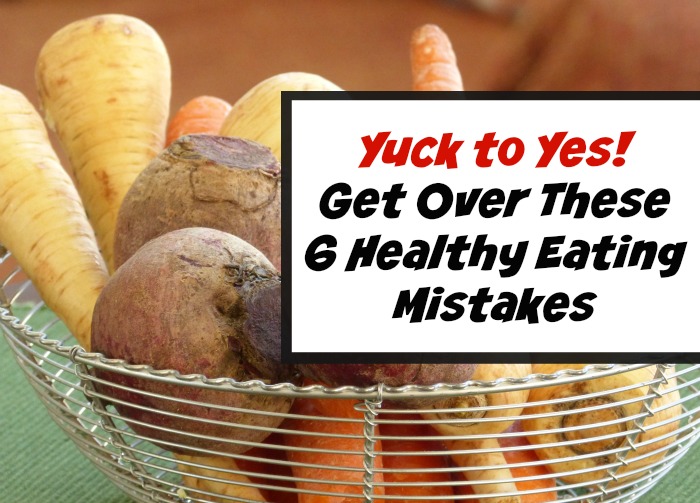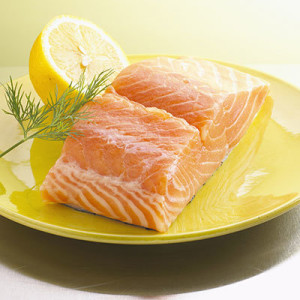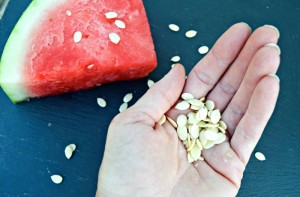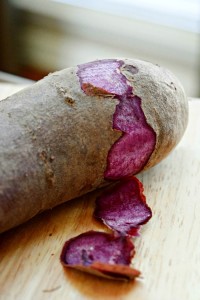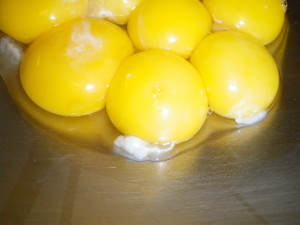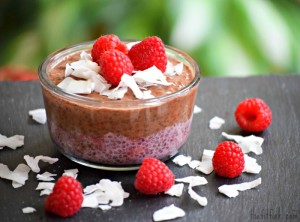Getting more avocados in your life is a good thing! Avocados are an excellent source of fiber and protein and pack an array of vitamins, minerals and antioxidants – they are a super star in the world of super foods and are so beneficial in the diet of a runner, stand-up paddle boarder, CrossFitter, mountain climber, yogi, gymnast, obstacle course racer or other active person. Oh, hey, I just described myself!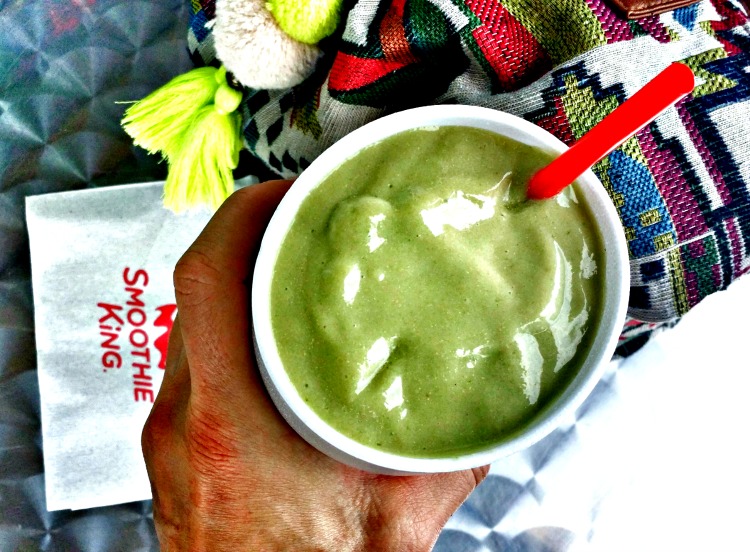
This nutrient-dense fruit regularly stars as guacamole at my house, but also makes a rich and creamy addition to salads, soups, and even baked goods. Plus, have you ever had avocado in a smoothie? It’s soooooo good! I’m totally loving the new Veggie Avocado Pineapple Smoothie from Smoothie King, more about that in a second – let me tell you about these Avocado Hacks that will make dealing with the sometimes fragile, fussy and fake-out ripe avocado.
1) Avocado Dicing for Dummies – Simply cut in half crosswise, remove seed and, key point, leave the skin on! Use a paring knife to make cuts across and down, without piecing the peel. If fairly firm, the avocado will “pop” out of the skin when pushed, or if riper, use a spoon to coax the dices out. This is sooooo much less messy than peeling and then cutting.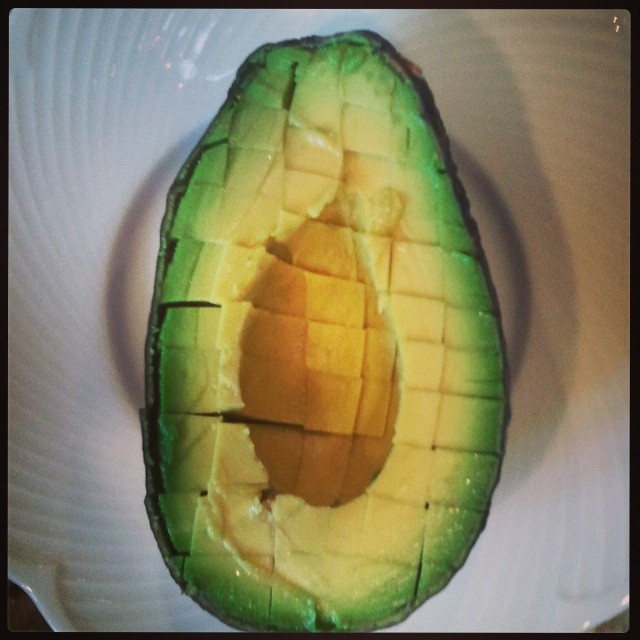
2) Use Avocados Instead of Butter: Swap out avocados for butter in your baking at a 1:1 ratio, you’ll save lots of calories and get all of the nutritional benefits of avocado. Of course, you can also spread on your toast too – apparently that’s a thang!
3) How to Freeze Guacamole – It’s a rare day that leftover guacamole is left at the bottom of the bowl, but it can happen. More likely, there’s a big sale on avocados and something need to be done with them before over ripening – make a huge batch of guacamole and freeze it! Yes, you can do that – just smash it up with a little lemon juice and freeze in a zip-top plastic bag. When ready to use, just thaw in the fridge! And, the same concept goes for avocado slices – find out How to Freeze Avocados! 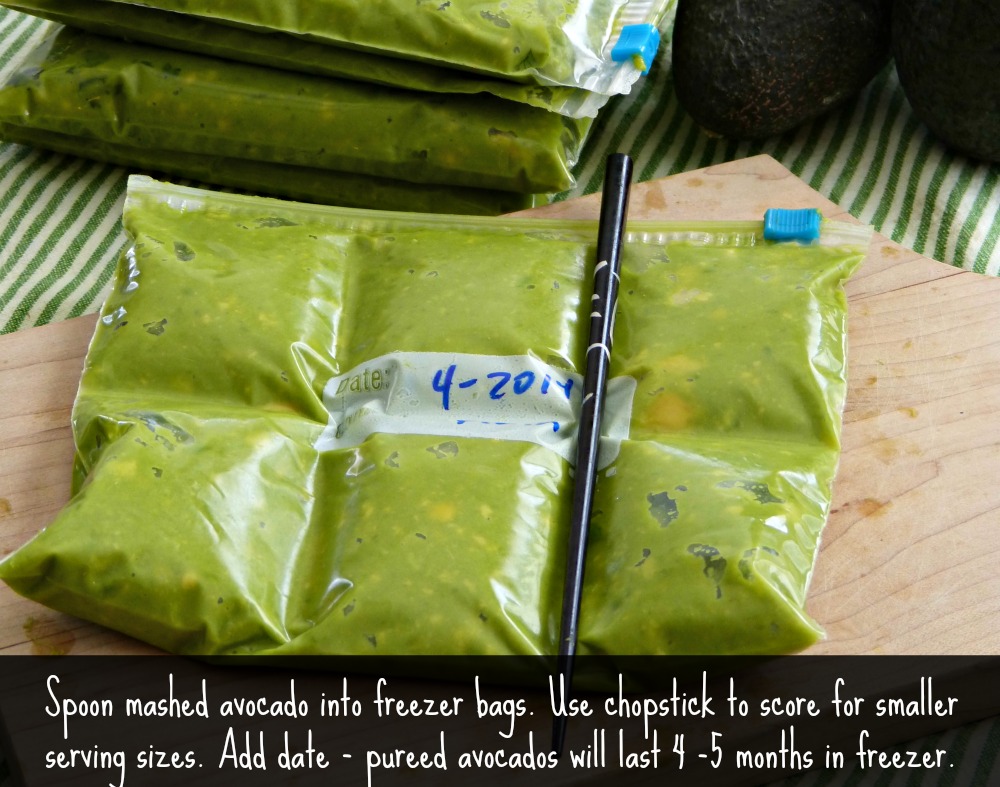
4) Prevent Avocado from Oxidizing Overnight – Coating with lemon juice is a popular method, but what if you don’t want that tart-puckery taste to linger around? Simply pour a layer of milk on top of your avocado slices or guacamole and then chill (literally and figuratively)! When ready to get your guac on, simply drain of the milk and stir or mash. Or, you can also set an avocado half cut-side down on a big slice of onion and keep airtight in plastic wrap! These methods will keep your avocado looking pretty good for a day, maybe a little longer.
5) How to Ripen an Avocado in 10 Minutes: Turn a rock hard avocado into creamy, edible goodness by slicing and tossing with lemon juice and baking at 300 F degrees for 10 minutes or until just softening.
6) How to Ripen an Avocado Overnight: If you don’t need to eat your avocado ASAP, then stick it in a brown paper bag with a banana or apple and leave on the countertop. Overnight, the fruit’s ethylene gases will soften your avocado to perfection.
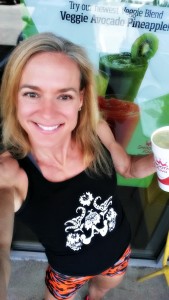 Okay, back to the avocado in smoothies? Have you ever tried it? It sounds weird, but blended beverages are blessed with a super creamy taste. In fact, nearly everything from the produce section is good in a smoothie – when I don’t have time to make my own, I swing by Smoothie King for one of their Veggie Blends – these veggie-packed smoothies are deliciously blended to help fuel my health and wellness goals and I love the fact they are so transparent with their nutrition details, so I can pick and choose which one is going to work the best to optimize my “fuel” needs for the day.
Okay, back to the avocado in smoothies? Have you ever tried it? It sounds weird, but blended beverages are blessed with a super creamy taste. In fact, nearly everything from the produce section is good in a smoothie – when I don’t have time to make my own, I swing by Smoothie King for one of their Veggie Blends – these veggie-packed smoothies are deliciously blended to help fuel my health and wellness goals and I love the fact they are so transparent with their nutrition details, so I can pick and choose which one is going to work the best to optimize my “fuel” needs for the day.
I’m not on a calorie-restricted diet. In fact, as an athlete, I’m often looking for ways to get filled up without scarfing down junk foods. The new Veggie Avocado Pineapple Smoothie has more calories and fat content than the other Veggie Blends (Carrot Kale Dream, Berry Carrot Dream, Apple Kiwi Kale) – but offers a long-lasting, satiating boost of nutrition is what I need to power me through an intense workout without making me feel bloated and filled up with a heavy meal. A 20-oz drink has 6 grams of fiber to fill me up and is naturally hydrating, providing me the electrolytes I need for a sweat session.
In fact, all the Veggie Blends at Smoothie King are hydrating and healthful – some even have a “Make it Skinny” option. You can check out the nutrition info on all the green smoothies and other menu choices either on the Smoothie King web site or in the store.
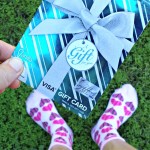 I’m hosting a $25 Visa Gift Card giveaway so one of you readers can load up on veggie smoothies or whatever your heart desires at Smoothie King or anywhere!
I’m hosting a $25 Visa Gift Card giveaway so one of you readers can load up on veggie smoothies or whatever your heart desires at Smoothie King or anywhere!

